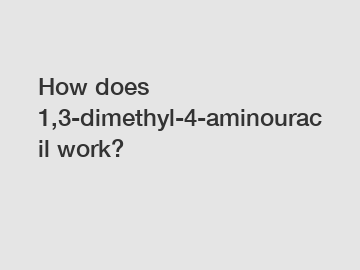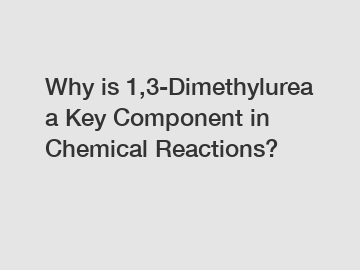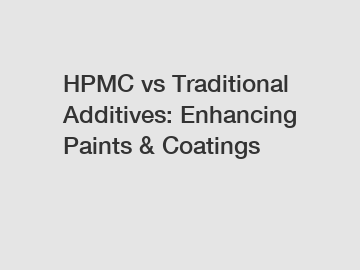How to Choose: Cationic Vs Anionic Emulsion
Understanding Emulsions: A Quick Overview
In the world of formulations, understanding the difference between cationic and anionic emulsions is crucial for achieving the desired properties in cosmetic, pharmaceutical, and industrial products. Both types of emulsions serve unique purposes based on their charge properties, which influence their behavior in different applications.
Step 1: Identify Your Application Needs
Determine what specific requirements your formulation needs to meet—whether it's stability, spreadability, or compatibility with other ingredients.
- For skin care products, like creams or lotions, you may need an emulsion that provides a moisturizing effect.
- Industrial applications might require emulsions that offer enhanced stability in harsh conditions.
Step 2: Evaluate the Charges
Understand the charge of your emulsions; cationic emulsions carry a positive charge, while anionic emulsions have a negative charge. This is fundamental, as it influences how your emulsion interacts with other components.
- If you’re formulating with negatively charged surfactants, cationic emulsions might be preferred to ensure compatibility.
- Anionic emulsions are often used in applications where compatibility with negatively charged ingredients is not a concern.
Step 3: Analyze Stability Requirements
Determine the stability needed for your emulsion. Cationic emulsions generally offer better stability in acidic environments, while anionic emulsions excel in alkaline conditions.
- Cationic emulsions tend to be more effective in preserving the integrity of active ingredients during storage.
- Anionic emulsions are suitable when a higher pH is required for product performance.
Step 4: Consider Skin Compatibility
When choosing between cationic vs anionic emulsion, consider how your formulation interacts with skin. Cationic emulsions typically have a moisturizing effect and are more compatible with skin.
Explore more:Key Applications and Market Insights for N-Methylmethanesulfonamide
Unlocking 1-Chlorobutane: Key Applications You Should Know!
Where to buy 1,2-Bis(2-Chloroethoxy) Ethane
10 Essential Facts About Chlorotrifluoroethylene (CTFE) CAS 79-38-9 You Should Know
Understanding Terephthaloyl Chloride: Uses and Applications
what are heavy chemicals
CAS 100-20-9 vs. Other Chemical Compounds: Key Differences Explained
- Cationic emulsions work well in hair conditioners as they can reduce static and enhance shine.
- Anionic emulsions often create a drying effect and can lead to irritation if used excessively in skin applications.
Step 5: Test Your Emulsion
Conduct small-scale tests to observe the behavior of the emulsions under your specific conditions, including temperature and pH levels.
- Prepare samples of both cationic and anionic emulsions and evaluate their characteristics in various scenarios.
- Observe how each emulsion reacts with your primary ingredients and whether it meets your formulation requirements.
Step 6: Make Your Selection
After thorough evaluation and testing, choose the emulsion that best fits the application. Remember that your decision not only affects the product performance but also the user experience.
- For skin care or hair care products, cationic emulsions are often the go-to choice for their film-forming properties and skin benefits.
- If formulating for an industrial application where foaming and water hardness are challenges, anionic emulsions may be more effective.
Conclusion
Choosing between cationic vs anionic emulsion requires a comprehensive understanding of your formulation's needs, the charges at play, stability requirements, and user interaction. By following the steps outlined above, you can make an informed decision that optimizes your product's performance and user satisfaction.
For more information, please visit Cationic Vs Anionic Emulsion, Pesticide Emulsifier 500 Cas 26264-06-2, China Fatty Alcohol Polyglycol Ethers.
Explore more:Understanding 79-38-9: Key Insights for 2025
Exploring the Uses and Benefits of 1-Chlorooctane
How to Buy Tert-Butyl Acrylate for Sale?
10 Questions You Should Know about Buying tert-butyl Acrylate Online
Key Questions to Ask When Ordering Industrial Heavy Chemicals
What are Industrial Heavy Chemicals and Their Uses?
How Do Fuel Additives Impact Exporter Success?









Comments
0